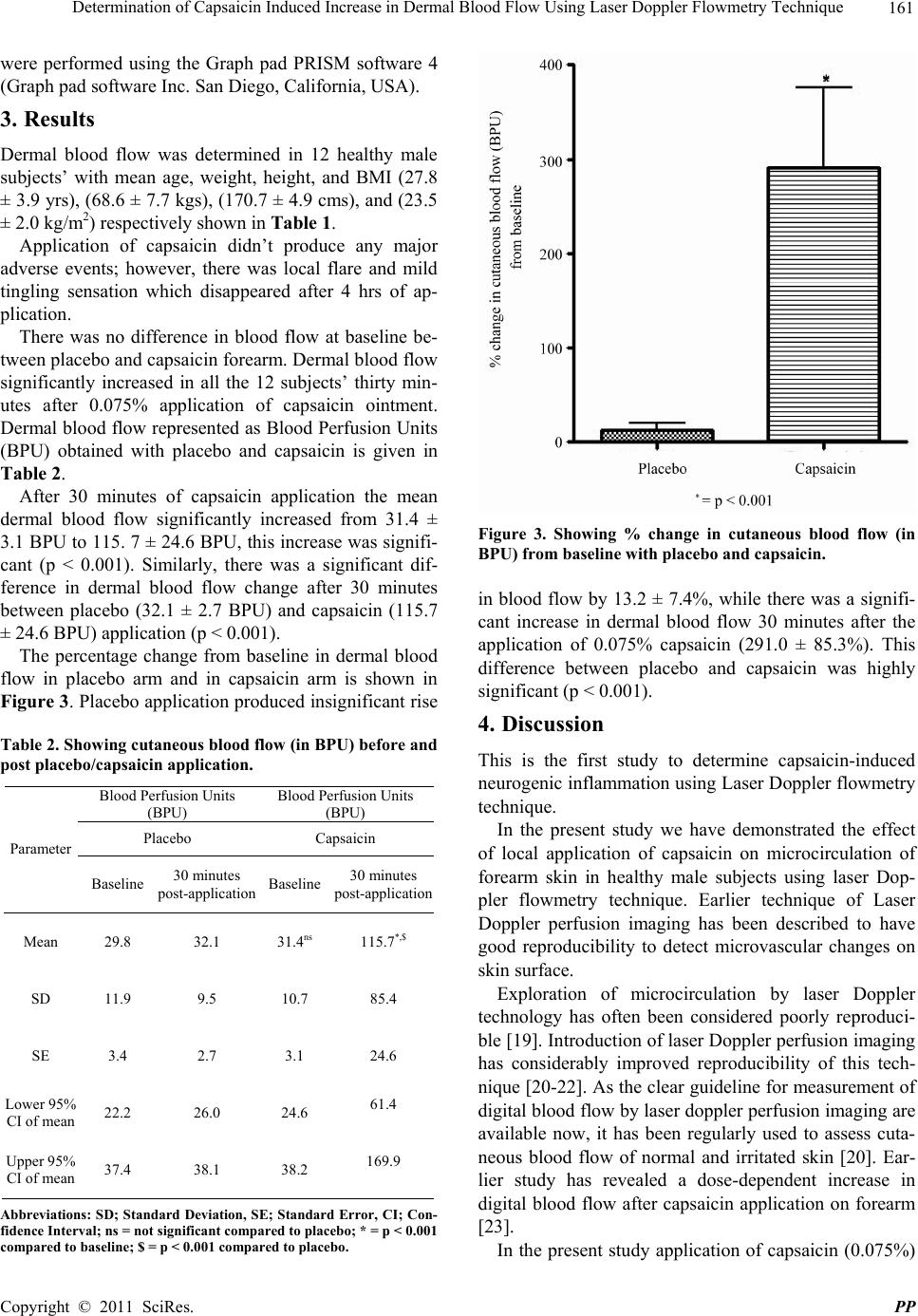

It is also possible to change the space between two specific adjacent bars individually. Note that the width of the bars for each column are different for the two graphs while the width of the X axis is the same in both. The first uses the default values of 50% for each of these "Dimension" options, while the second uses 20% for the space between columns and 10% for the space before the first and after the last column. If set to zero, the last bar will end exactly at the right side of the graphĬompare the following two graphs. This determines how much space is left between the last object and the right side of the graph. If set to zero, the first bar will start exactly at the left side of the graph This determines how much space is left between the left side of the graph (generally the left Y axis) and the first object. A smaller value will cause the gaps to be smaller and the objects to be wider Increasing this value will cause the gaps between objects to be wider, and subsequently the objects themselves to be narrower. There are three values that can be adjusted in this section that will modify the appearance of the graph. First, either double click in the graphing area or click the Format Graph toolbar button in the Change section of the toolbar to open the Format Graph dialog.Ĭlick on the "Graph Settings" tab, and find the "Dimensions" section of the dialog. It's also possible to change the spacing between all of the objects without changing the overall width of the graph. If you want wider bars, simply stretch the graph axis and the width and spacing of the bars (or violins or box-and-whiskers, etc.) will change proportionally. The simplest way to change the width of any object (bar, violin, etc.) or the spacing between objects is to change the total width of the graph. Note there are separate instructions below for Column graphs and Grouped graphs.Ĭolumn graphs Grouped graphs Adding Annotations to bar graphs Column graphs Prism automatically sets the width of the bars (violins, box-and-whiskers, column scatter plots, etc.) and the spacing between these objects on Column and Grouped graphs by taking into account the overall size of the graph (the width of the axis) and the total number of objects or groups on the graph. There are a number of ways to adjust the width of the objects/groups and spacing between each object/group. These examples demonstrate how to adjust the width of columns (bars, violins, box-and-whiskers, column scatter, etc.) and the spacing between columns for Column and Grouped graphs (Bonus: adding annotations to bar graphs)


 0 kommentar(er)
0 kommentar(er)
